It is easy to comprehend that a fact given in 1731, testifying to another fact which happened during the papacy of Paul III., for instance, is disbelieved in 1876. And when scientists are told that the Romans preserved lights in their sepulchres for countless years by the oiliness of gold; and that one of such ever-burning lamps was found brightly burning in the tomb of Tullia, the daughter of Cicero, notwithstanding that the tomb had been shut up fifteen hundred and fifty years,* — they have a certain right to doubt, and even disbelieve the statement, until they assure themselves, on the evidence of their own senses, that such a thing is possible. In such a case they can reject the testimony of all the ancient and medieval philosophers. The burial of living fakirs and their subsequent resuscitation, after thirty days of inhumation, may have a suspicious look to them. So also with the self-infliction of mortal wounds, and the exhibition of their own bowels to the persons present by various lamas, who heal such wounds almost instantaneously.
Page 225
For certain men who deny the evidence of their own senses as to phenomena produced in their own country, and before numerous witnesses, the narratives to be found in classical books, and in the notes of travellers, must of course seem absurd. But what we will never be able to understand is the collective stubbornness of the Academies, in the face of such bitter lessons in the past, to these institutions which have so often “darkened counsel by words without knowledge.” Like the Lord answering Job “out of the whirlwind,” magic can say to modern science: “Where wast thou when I laid the foundations of the earth? declare, if thou hast understanding!” And, who art thou who dare say to nature, “Hitherto shalt thou come, but no further; and here shall thy proud waves be stayed”?
But what matters it if they do deny? Can they prevent phenomena taking place in the four corners of the world, if their skepticism were a thousand times more bitter? Fakirs will still be buried and resuscitated, gratifying the curiosity of European travellers; and lamas and Hindu ascetics will wound, mutilate, and even disembowel themselves, and find themselves all the better for it; and the denials of the whole world will not blow sufficiently to extinguish the perpetually-burning lamps in certain of the subterranean crypts of India, Thibet, and Japan. One of such lamps is mentioned by the Rev. S. Mateer, of the London Mission. In the temple of Trevandrum, in the kingdom of Travancore, South India, “there is a deep well inside the temple, into which immense riches are thrown year by year, and in another place, in a hollow covered by a stone, a great golden lamp, which was lit over 120 years ago, still continues burning,” says this missionary in his description of the place. Catholic missionaries attribute these lamps, as a matter of course, to the obliging services of the devil. The more prudent Protestant divine mentions the fact, and makes no commentary. The Abbe Huc has seen and examined one of such lamps, and so have other people whose good luck it has been to win the confidence and friendship of Eastern lamas and divines. No more can be denied the wonders seen by Captain Lane in Egypt; the Benares experiences of Jacolliot and those of Sir Charles Napier; the levitations of human beings in broad daylight, and which can be accounted for only on the explanation given in the Introductory chapter of the present work. Such levitations are testified to — besides Mr. Crookes — by Professor Perty, who shows them produced in open air, and lasting sometimes twenty minutes; all these phenomena and many more have happened, do, and will happen in every country of this globe, and that in spite of all the skeptics and scientists that ever were evolved out of the Silurian mud.
Page 226
Among the ridiculed claims of alchemy is that of the perpetual lamps. If we tell the reader that we have seen such, we may be asked — in case that the sincerity of our personal belief is not questioned — how we can tell that the lamps we have observed are perpetual, as the period of our observation was but limited? Simply that, as we know the ingredients employed, and the manner of their construction, and the natural law applicable to the case, we are confident that our statement can be corroborated upon investigation in the proper quarter. What that quarter is, and from whom that knowledge can be learned, our critics must discover, by taking the pains we did. Meanwhile, however, we will quote a few of the 173 authorities who have written upon the subject. None of these, as we recollect, have asserted that these sepulchral lamps would burn perpetually, but only for an indefinite number of years, and instances are recorded of their continuing alight for many centuries. It will not be denied that, if there is a natural law by which a lamp can be made without replenishment to burn ten years, there is no reason why the same law could not cause the combustion to continue one hundred or one thousand years.

Moe is the founder of GnosticWarrior.com. He is a father, husband, author, martial arts black belt, and an expert in Gnosticism, the occult, and esotericism.

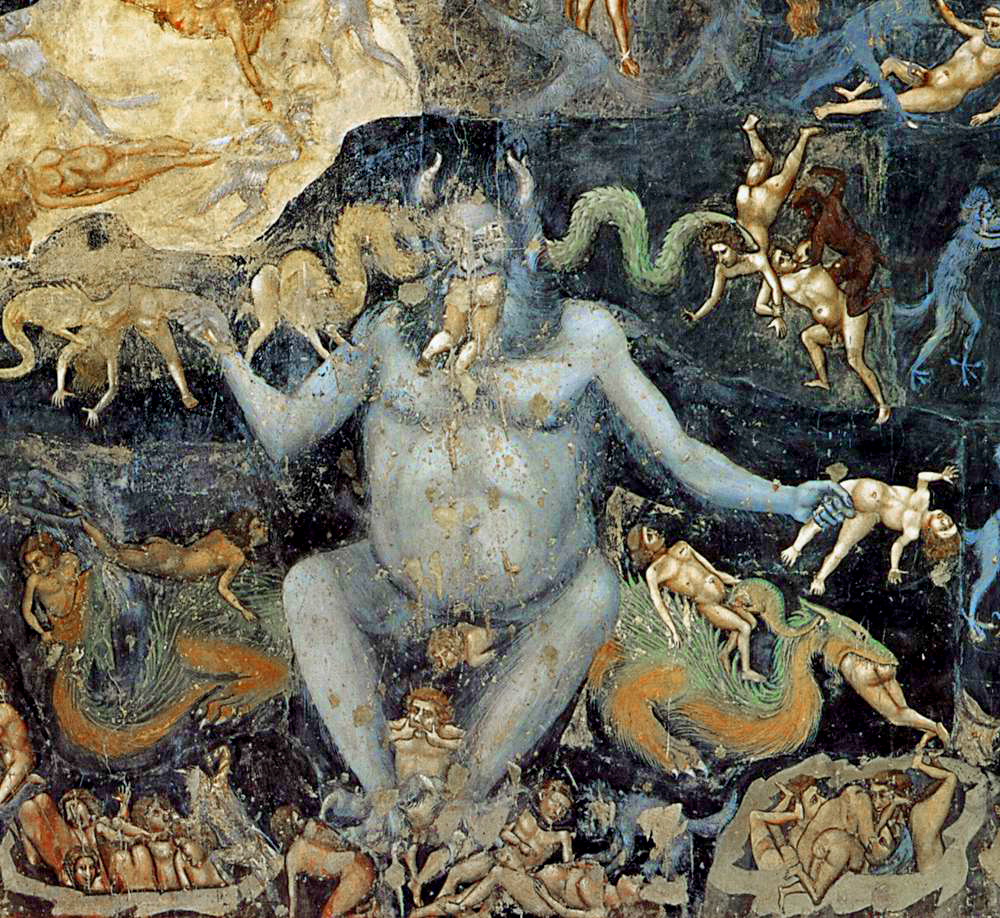

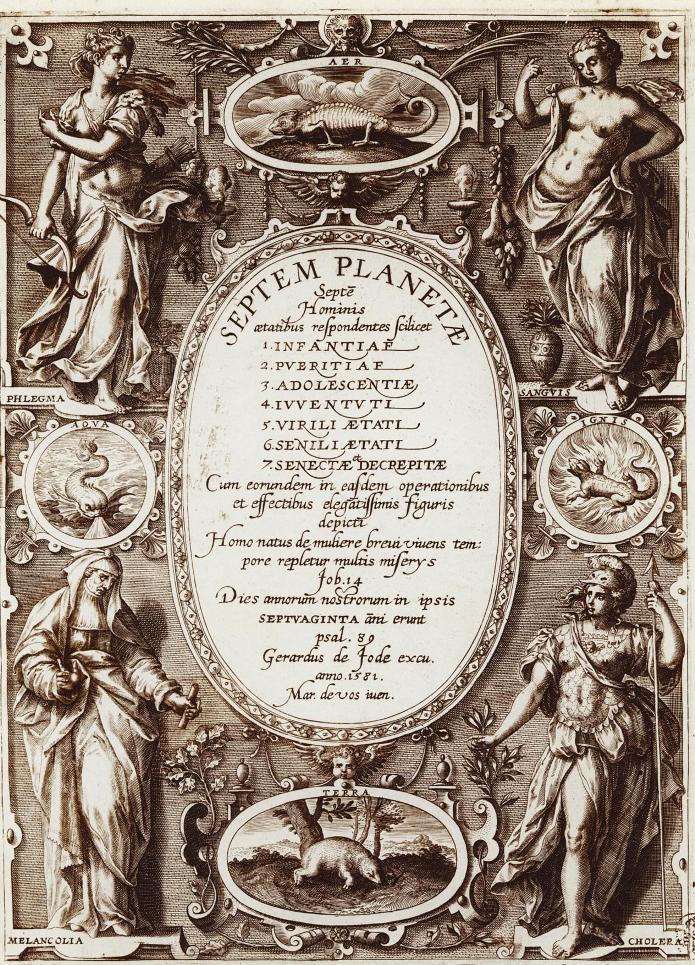
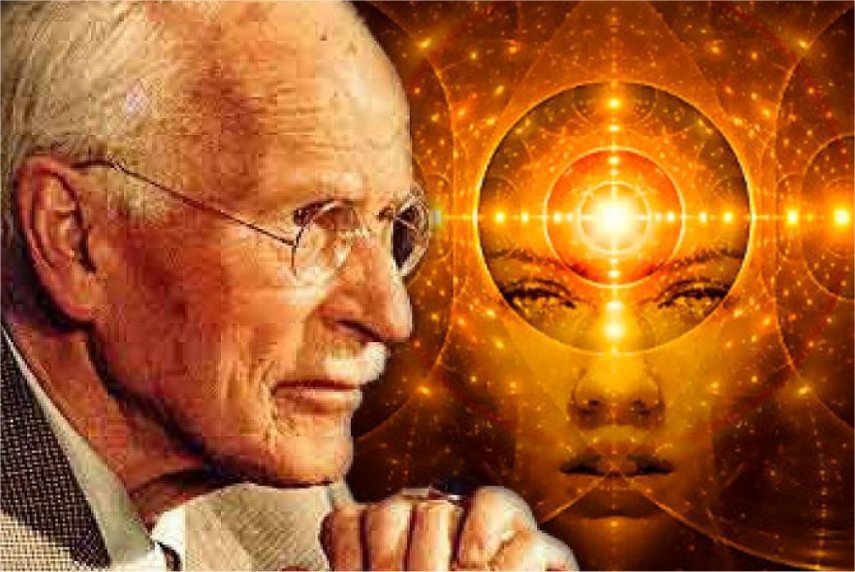
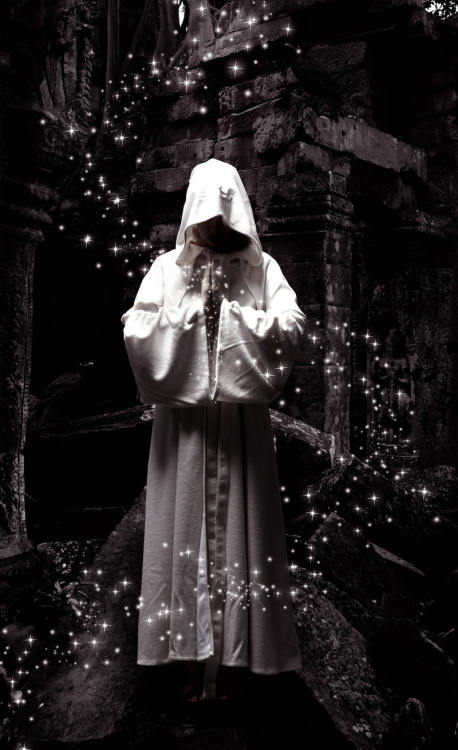
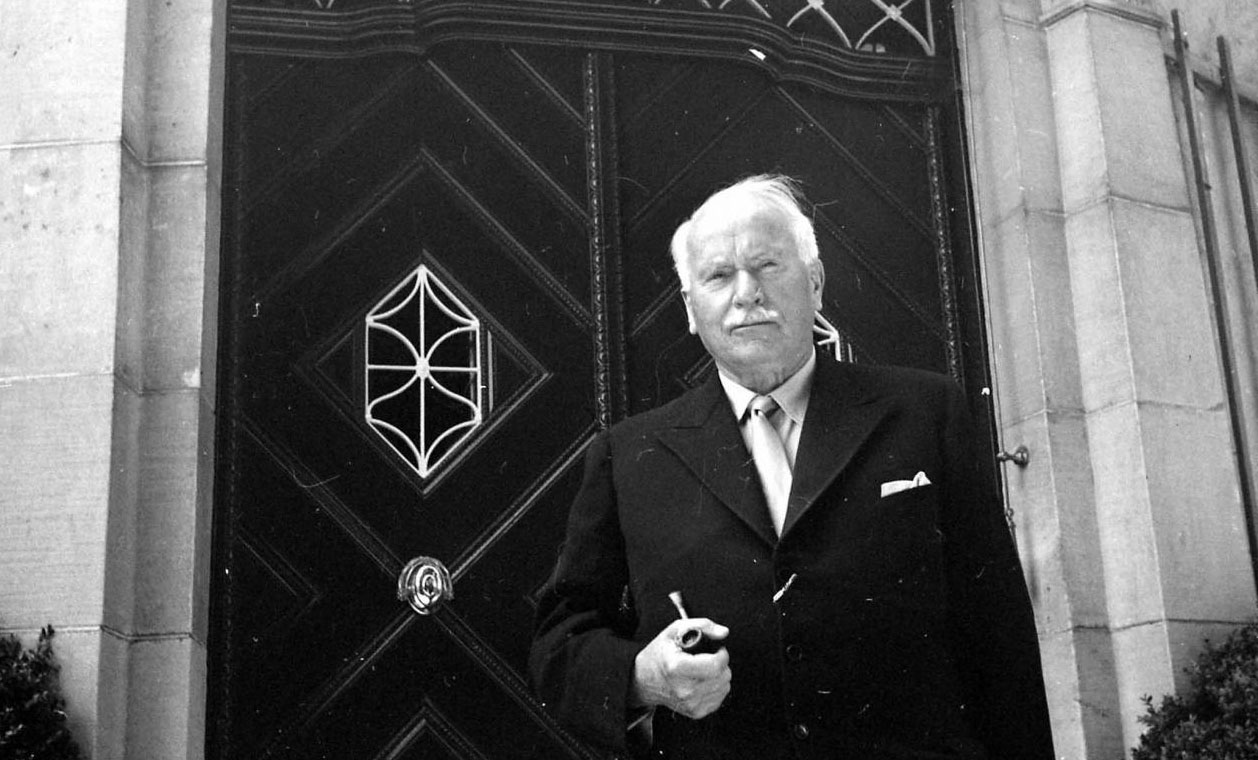
![How the South Saxons received Eadbert and Eolla, and the West Saxons, Daniel and Aldhelm, for their bishops; and of the writings of the same Aldhelm [705 A.D.] | Book 5 | Chapter 17 How the South Saxons received Eadbert and Eolla, and the West Saxons, Daniel and Aldhelm, for their bishops; and of the writings of the same Aldhelm [705 A.D.] | Book 5 | Chapter 17](https://www.gnosticwarrior.com/wp-content/plugins/contextual-related-posts/default.png)